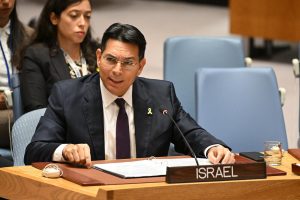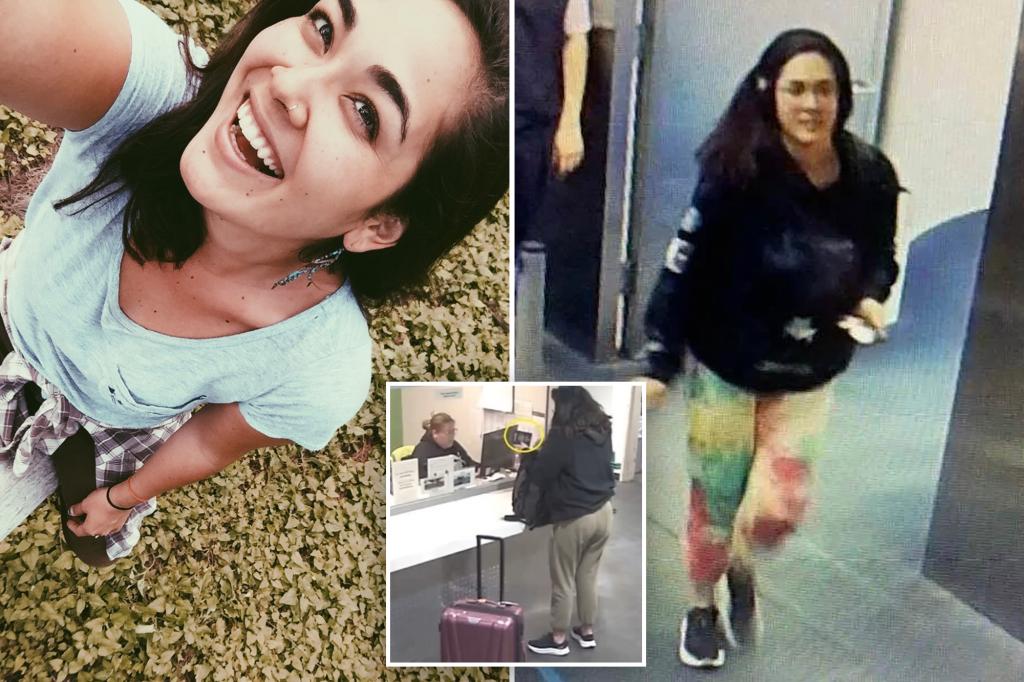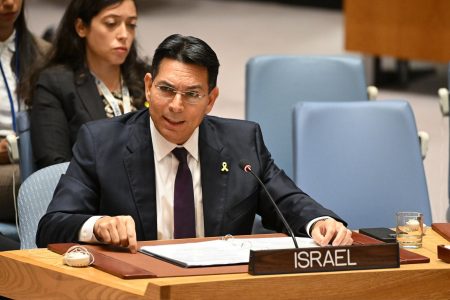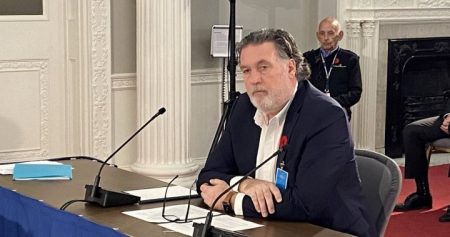The Kobayashi family saga unfolded as a captivating mystery, transitioning abruptly from a heart-wrenching plea for help to a surprising revelation and a subsequent offer of refund. Hannah Kobayashi, a 30-year-old photographer, vanished after missing a connecting flight from Los Angeles to New York City on November 11th, triggering a frantic search effort spearheaded by her family. The family, grappling with the sudden disappearance, launched a GoFundMe campaign that resonated with the public, amassing nearly $50,000 to aid in the search. Simultaneously, the family was dealing with the devastating loss of Hannah’s father, Ryan Kobayashi, who tragically died by apparent suicide six days after her disappearance. A separate GoFundMe was established to cover his funeral expenses. The weeks that followed Hannah’s disappearance were filled with anxiety and speculation, fueled by a series of cryptic text messages she sent before vanishing. These messages spoke of a “spiritual awakening” and being “tricked,” adding to the mystery surrounding her whereabouts.
The initial narrative painted a picture of a young woman potentially in danger, possibly kidnapped or even trafficked. This theory was further fueled by reports of Hannah being seen with an unidentified man prior to her disappearance. As the search intensified, the family tirelessly appealed for information, clinging to the hope of her safe return. The funds raised through the GoFundMe campaign were intended to support these efforts, covering expenses related to private investigators, travel, and publicity. The outpouring of support from the community was a testament to the collective concern for Hannah’s safety and the empathy for the Kobayashi family’s plight. The mystery deepened with each passing day, the lack of concrete leads amplifying the family’s anguish and heightening public interest in the case.
However, the narrative took a dramatic turn when it was revealed that Hannah had not been abducted, but had, in fact, voluntarily travelled to Mexico. This revelation shifted the focus of the investigation and introduced a new layer of complexity to the story. The FBI began probing the possibility of Hannah’s involvement in a green card marriage scheme with an Argentine national. Reports emerged suggesting that she had secretly married this individual and was planning a trip to New York with him and another green card couple to create the illusion of legitimate marriages for immigration officials. This revelation cast a new light on Hannah’s disappearance, transforming the narrative from a missing person case to a potential immigration fraud investigation.
The alleged plan involved Hannah’s ex-boyfriend, Amun Muniz-Miranda, his own green card wife, Marianne, and the Argentine national, Alan Cacace. The trip to New York was intended to provide fabricated evidence of genuine relationships, bolstering their applications for permanent residency. However, instead of proceeding with this plan, Hannah purchased a bus ticket in Los Angeles on November 12th and journeyed towards the Mexican border, crossing into Tijuana the following day. This unexpected turn of events left investigators and the public bewildered, prompting questions about her motives and the circumstances surrounding her decision to leave the country.
Over a month after her initial disappearance, the Kobayashi family announced that Hannah had been found safe in Mexico. While the news brought immense relief to her family, it also raised questions about the circumstances surrounding her disappearance and the legitimacy of the initial fears for her safety. The family, understandably overwhelmed by the ordeal, requested privacy to heal and process the emotional rollercoaster they had endured. The revelation of Hannah’s voluntary departure, coupled with the allegations of a green card marriage scheme, significantly altered the public perception of the situation. The initial sympathy and concern for her safety were now mingled with questions and skepticism.
In the aftermath of Hannah’s discovery, the family decided to address the issue of the GoFundMe donations. Recognizing the shift in circumstances, they offered a full refund to anyone who contributed to the campaign. This decision reflects the family’s understanding that the donations were made under the premise of a missing person’s case, a premise that later proved to be inaccurate. The offer of a refund, while potentially complex logistically, underscores the family’s integrity and their desire to act responsibly in light of the changed circumstances. Donors were given a deadline of December 18th to submit their refund requests, allowing those who felt misled or uncomfortable with the new information to recoup their contributions. This gesture, while unusual, demonstrated the Kobayashi family’s commitment to transparency and their desire to maintain public trust.










